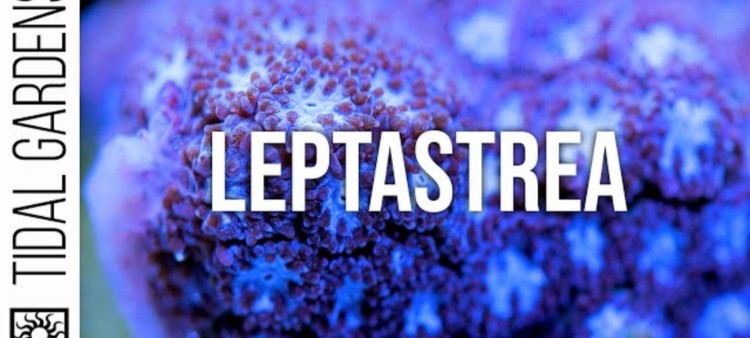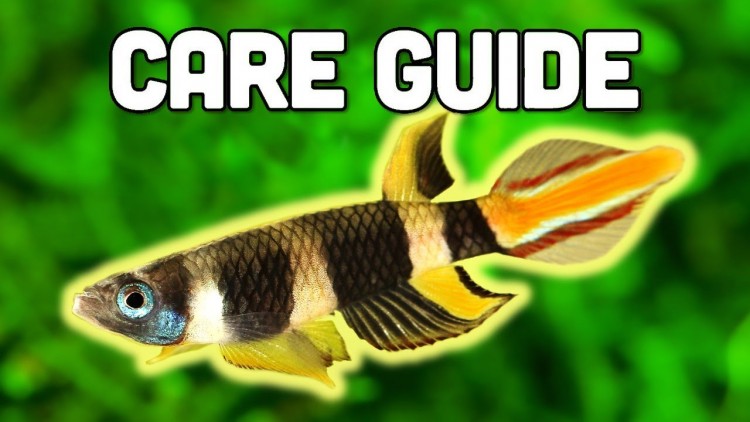Leptastrea Coral: A Complete Care Guide
- Nov 22, 2021
- Anshika Mishra
- 3283 0 0

Leptastrea is a relatively new coral to the hobby and has never been a popular coral to mainstream reef aquarists. Instead, they are a subtle short tentacled encrusting coral that appeals to more veteran hobbyists looking for something different in their tanks.
Novelty is a big thing when you have been in this hobby for long enough, and tanks start to suffer from that sameness syndrome. However, sometimes a change in pace is necessary and uncommon corals like Letpastrea. Here is some background on the coral:
Before 2012, Leptastrea was assigned to the family Favia but has been reclassified as Scelractinia Incertaesedis, i.e., Latin for uncertain placement. This classification change is due to the Faviade group being re-analyzed, and it shows that it was more of a large group of corals without any common ancestry that had been a kind of group.
Now, when it is being re-analyzed, it's all being separated. As the nature of coral classifications, it is ever-changing. Leptasteris are available as either wild colonies or aquacultured frags, and there are benefits to both. They are currently imported from either Australia or Indonesia, although frequently smaller polyps tend to show up now on soft coral colonies as hitchhikers from areas such as Vietnam.
Benefits of Aquacultured
Corals grown in captivity have adapted to tank conditions and tend to survive and grow much better than recently imported corals. But, there are chances of some occasional pert with getting a wild colony of Leptastrea. Sometimes, they have interesting hitchhikers growing in the territory.
Leptastrea is LPS corals, which is a little non-intuitive given their small polyps size compared to other LPS, but they fit right in with their LPS peers in terms of care.
As with many other corals, there are attractive morphs that have colorful market names. One of the most popular is the John Deer variety with emerald green and bright yellow/orange centers. Others to keep an eye out for are the ice blue, purple and green burning ember variants. It's pretty much guaranteed that once you have one Leptastrea, you will start hunting down the other color morphs to add to your collection.
Feeding
If you are considering propagating these corals at home, they make an excellent candidate for aquaculture. Initially, they will encrust over new cuts and thinly spread out over their immediate surrounding. But, in the given time, they will grow to larger boulder-like shapes.
If you are trying to achieve a good growth rate, they will benefit from regular target feeding. It is recommended to feed them a mixture of smaller foods, both frozen and powdered, a couple of times per week. They can more easily handle those smaller items.
Although, don't be surprised to see one of those tiny polyps hanging onto Mysis shrimp or a chunk of squid that it manages to snatch from the water column. There is plenty of food that will be suitable for them in either dried or frozen form, depending on your preference.
But, sometimes, a concentrated dry formula initiates a better feeding response. You want to find something that is Zooplankton-based. When feeding, it is best to switch all the pumps off, or they have a feeding mode in some cases. So, keep them off for right around 30-minutes to allow for the coral to grab and adjust the food.
Having said all that, if you are not trying to grow these corals intensively, they will do perfectly fine just by grabbing a small amount of food if you prefer to broadcast feed in the entire water column.
Lighting & Placement
The lighting requirements for Leptastrea depend in large parts on the particular color morph. Generally, Leptastrea does not like intense direct light. Therefore, your color will be best indicated by the position they prefer.
The green morphs tend to be better in a slightly higher PAR environment than the orange morphs. Leptastrea is also pretty good at letting you know that they are in too little light as their color fade or in case of some green morphs, they will brown out a little bit.
100 PAR would be a good final position for aquacultured colonies, which is a moderate light level. However, light shock is a real thing, and it is extremely important to slowly acclimate your coral to its final position to avoid stress and potential bleaching.
It is far better for your coral to have too little light for a short period than too much light. On occasion, hobbyists keep Leptastrea in a more intensely lit position, but it takes a much longer period of acclimation, slowly raising the coral to that location.
In higher PAR, you will also lose one of the more appealing characteristics, and that's their fluffy appearance. When Leptastrea colonies are over-exposed to lights, the polyps will appear much less extended, and the flesh will be drawn tightly to the base.
A tip for acclimating corals is to take photos of the new additions at weekly intervals so that you can keep track of their progress. This way, you are not relying on your memory to check if the color is getting better or if the coral is struggling and headed in the wrong direction.
Water Chemistry
As with all stony corals, water chemistry is an important requirement for their long-term health. It's essential to be monitoring and maintain your calcium, Alkalinity, and Magnesium levels. We should try to target something close to natural seawater levels for those three parameters, but more importantly than specific numbers is stability. Large Drops followed by quick increases are far more likely to negatively affect a coral than a low level that is slowly increased over a period of weeks or even months.
- Natural seawater levels for calcium are around 425ppm
- Alkalinity in the wild is a little low, it is about six days, but we tend to shoot for a little higher
- Magnesium is around 1350 ppm
Again, stability is the key to chasing individual numbers. Another important aspect of water chemistry is considering nutrition levels, in other words, phosphate and nitrates. Leptastrea does not like low nutrient conditions, especially near zero nitrates.
So, shoot for a nitrate level above 5ppm, but also try to keep it below 30ppm. Suppose you happen to notice that your Leptastrea suddenly started to recede. Check on these nutrient levels. High nutrient levels often come from feeding.
Water Flow
Leptastrea will benefit from enough flow to keep them clean and ensure that detritus does not build up on top or around them. For this, a moderate, indirect flow pattern is probably best. You will know that the colonies are getting enough flow if it is nicely puffed up and clean of residues.
So, you will also know if you are overdoing it with the flow of the water is slamming on one side of the coral, and it is drawn tight to the skeleton all the time.







About author